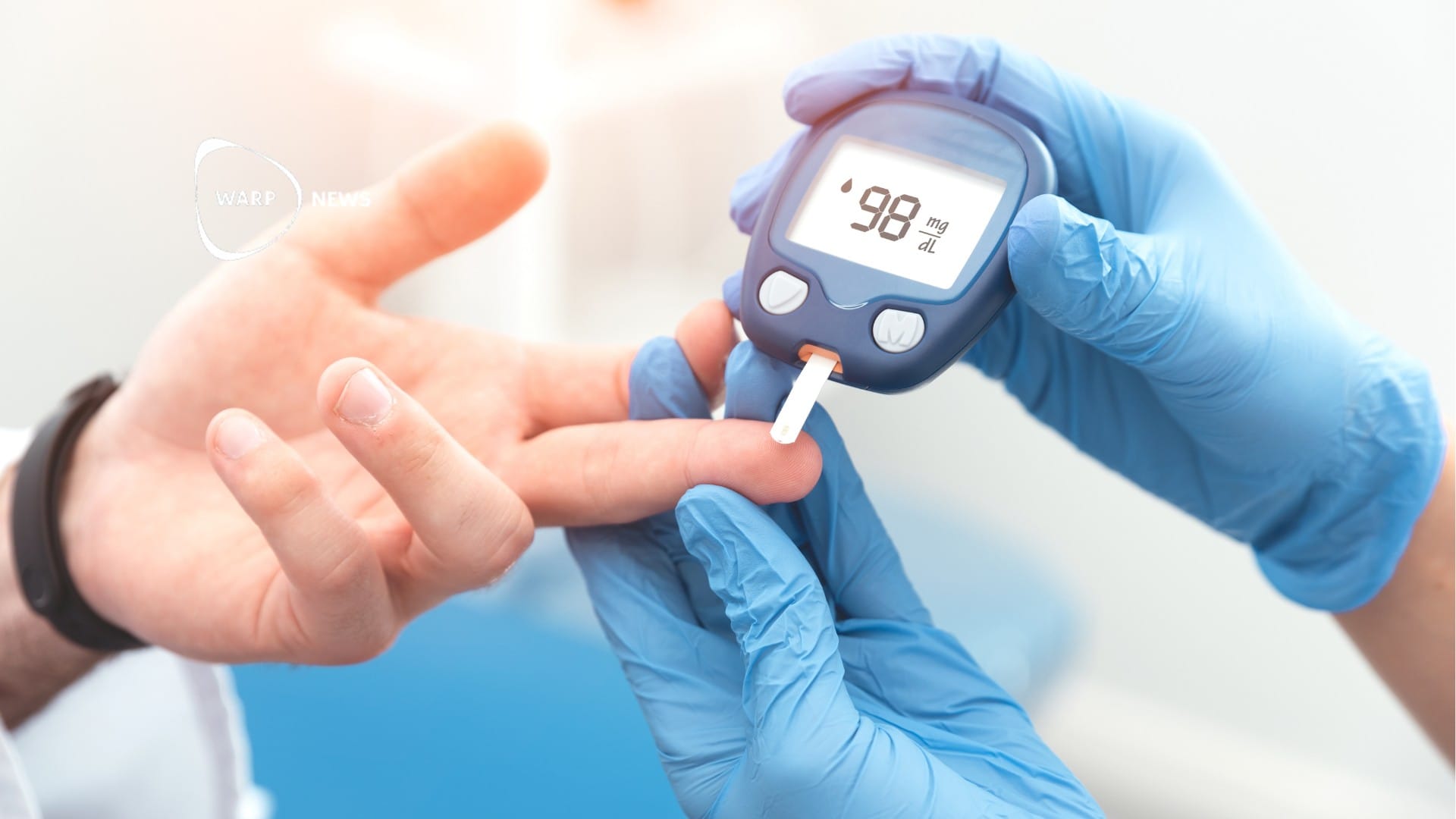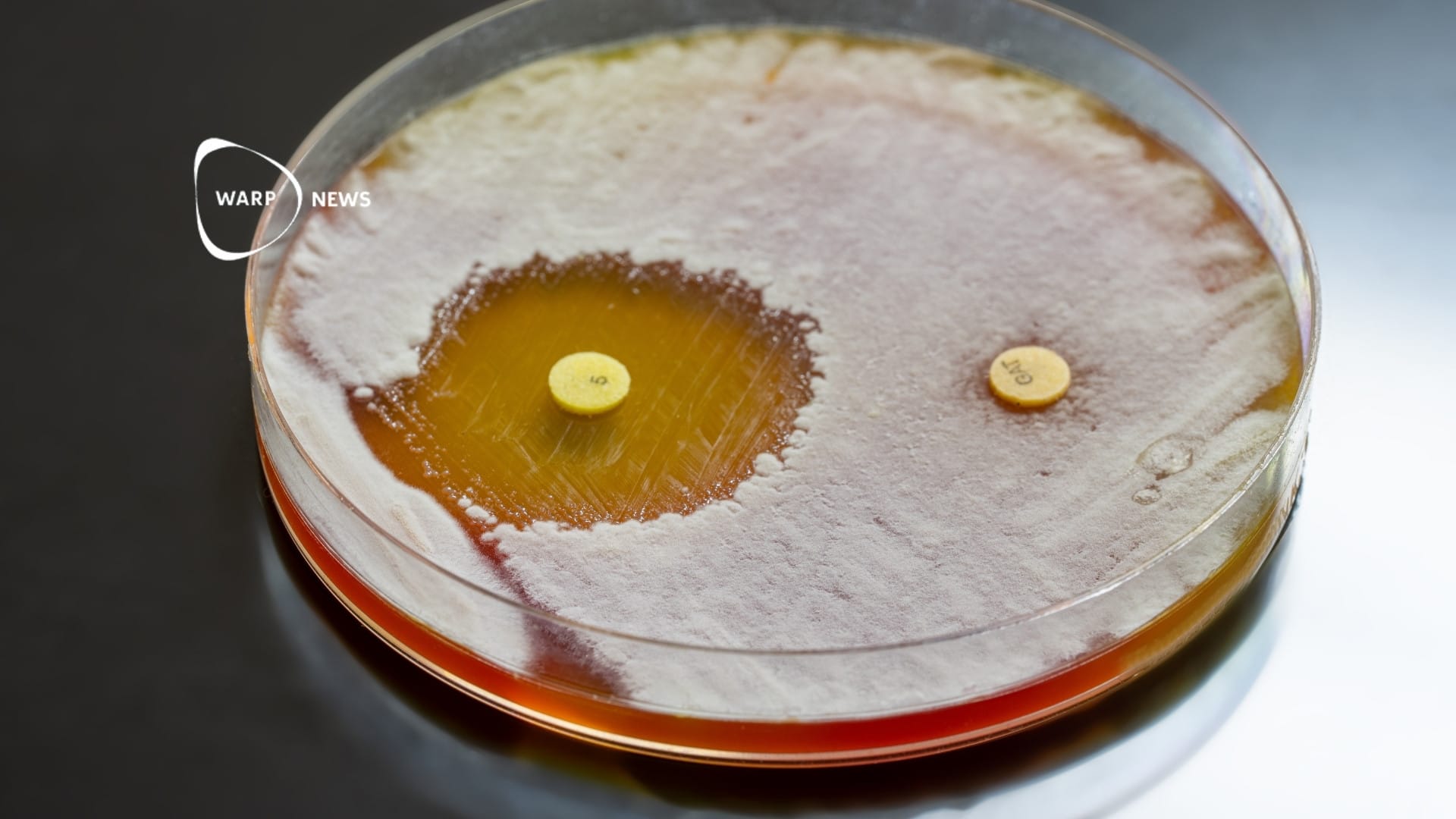
Building an "Atlas" of the Human Body
Share this story!
An ambitious new project coordinated by the National Institutes of Health has set out to map the tens of trillions of cells in our bodies to better understand how they work in unison and keep us alive.
Dubbed “The Human BioMolecular Atlas Program”, the goal of (HuBMAP) is:
“..to develop an open and global platform to map healthy cells in the human body. In humans, the proper functioning of organs and tissues is dependent on the interaction, spatial organization, and specialization of all our cells. Scientists estimate there are 37 trillion cells in an adult human body, so determining the function and relationship among these cells is a monumental undertaking.” — NIH Office of Strategic Coordination
Using the latest molecular and cellular biology technologies, HuBMAP researchers are studying the connections that cells have with each other throughout the body. HuBMAP will build the framework necessary to construct the tools, resources, and cell atlases needed to determine how the relationships between cells can affect the health of an individual.
The first few maps of the HCA project are already being completed, including one paper, published in the journal Nature this month, which mapped 140,000 liver cells as they developed.
In another paper, a team lead by Prakash Ramachandran from the University of Edinburgh mapped the cells involved in forming scar tissue in the liver. They found most scars were comprised of three types of cells: white blood cells called macrophages, endothelial cells — which line blood vessels — and scar-forming cells known as myofibroblasts. The team claims that better understanding these cells could lead to novel scar prevention therapies.
“The biggest challenge will be getting everybody together at first,” NIH’s Richard Conroy told Science. However, Conroy expects that the process will become easier as more researchers start to contribute to what he calls a “Google map” of the body that drills down to the molecular details of each cell.
By becoming a premium supporter, you help in the creation and sharing of fact-based optimistic news all over the world.


